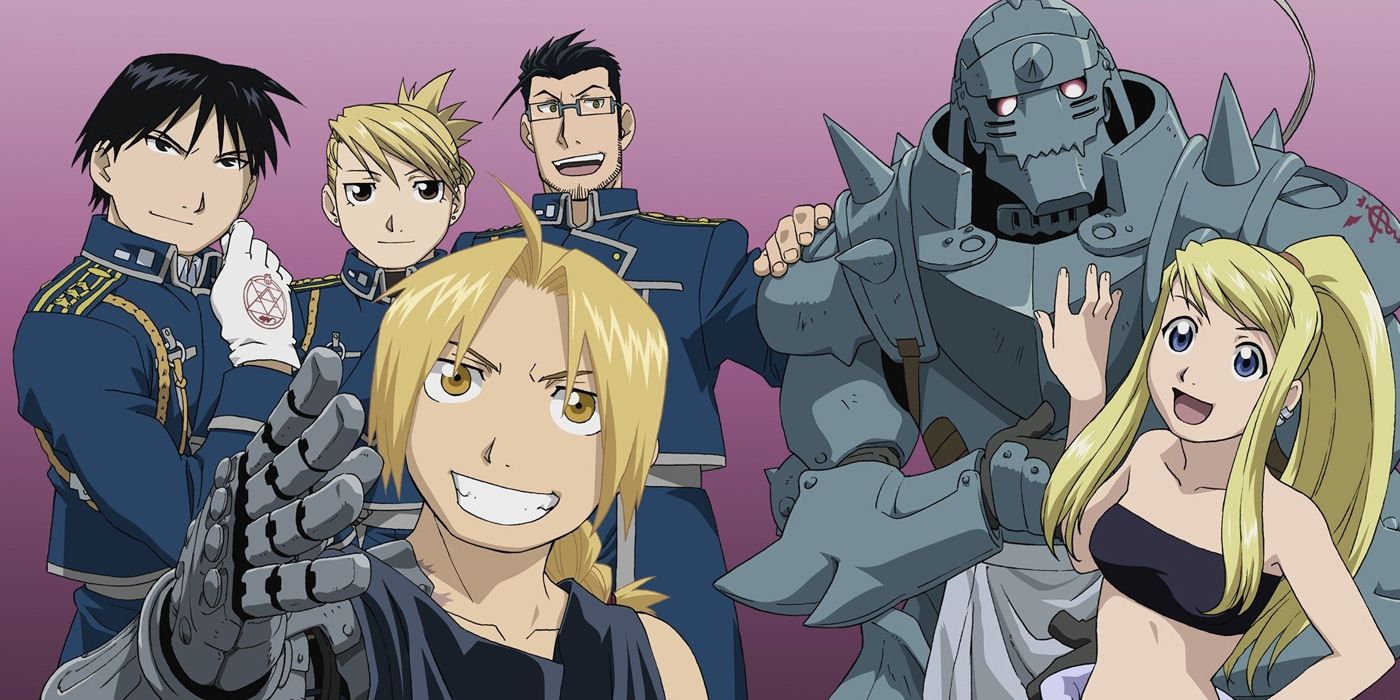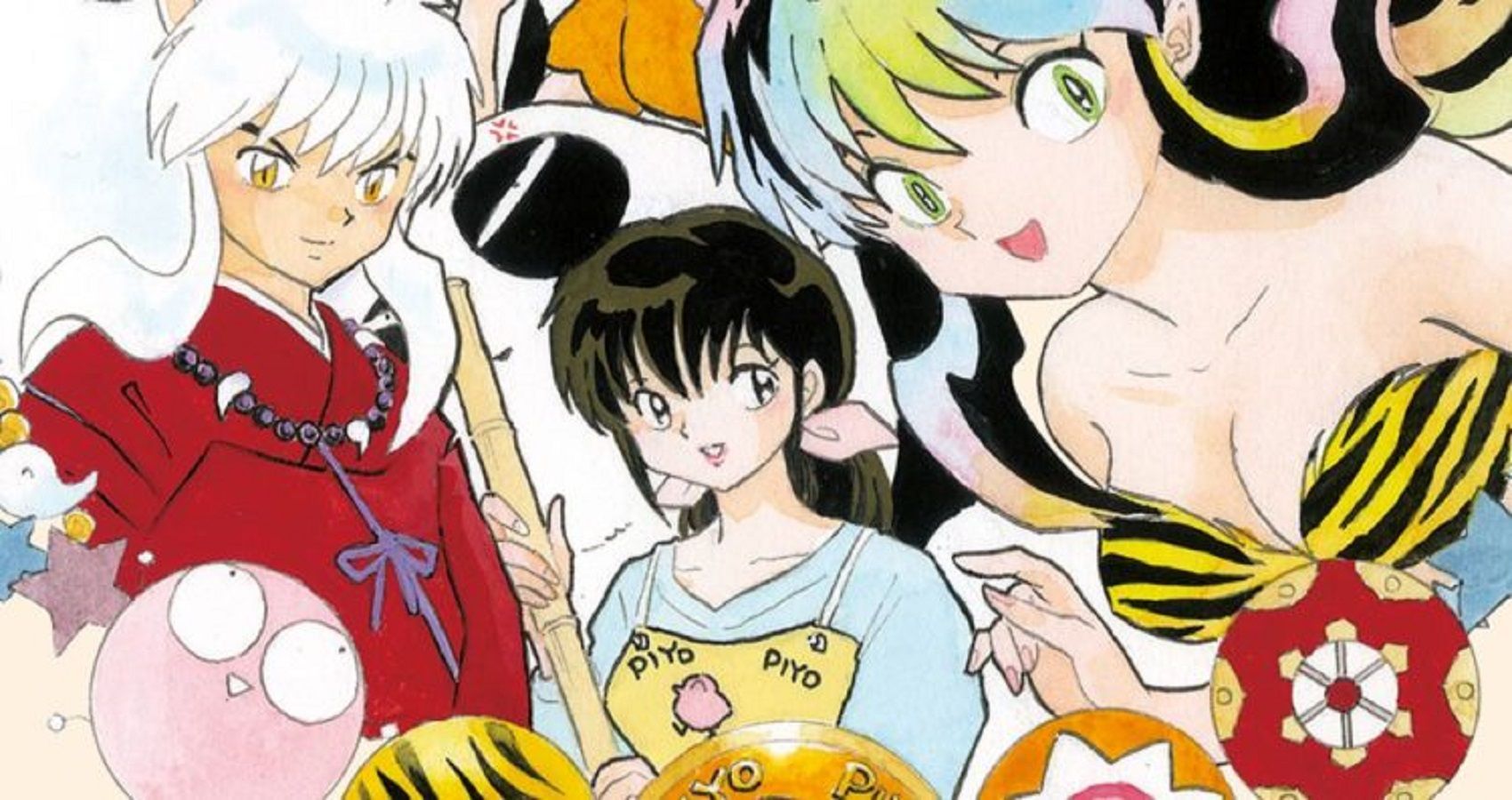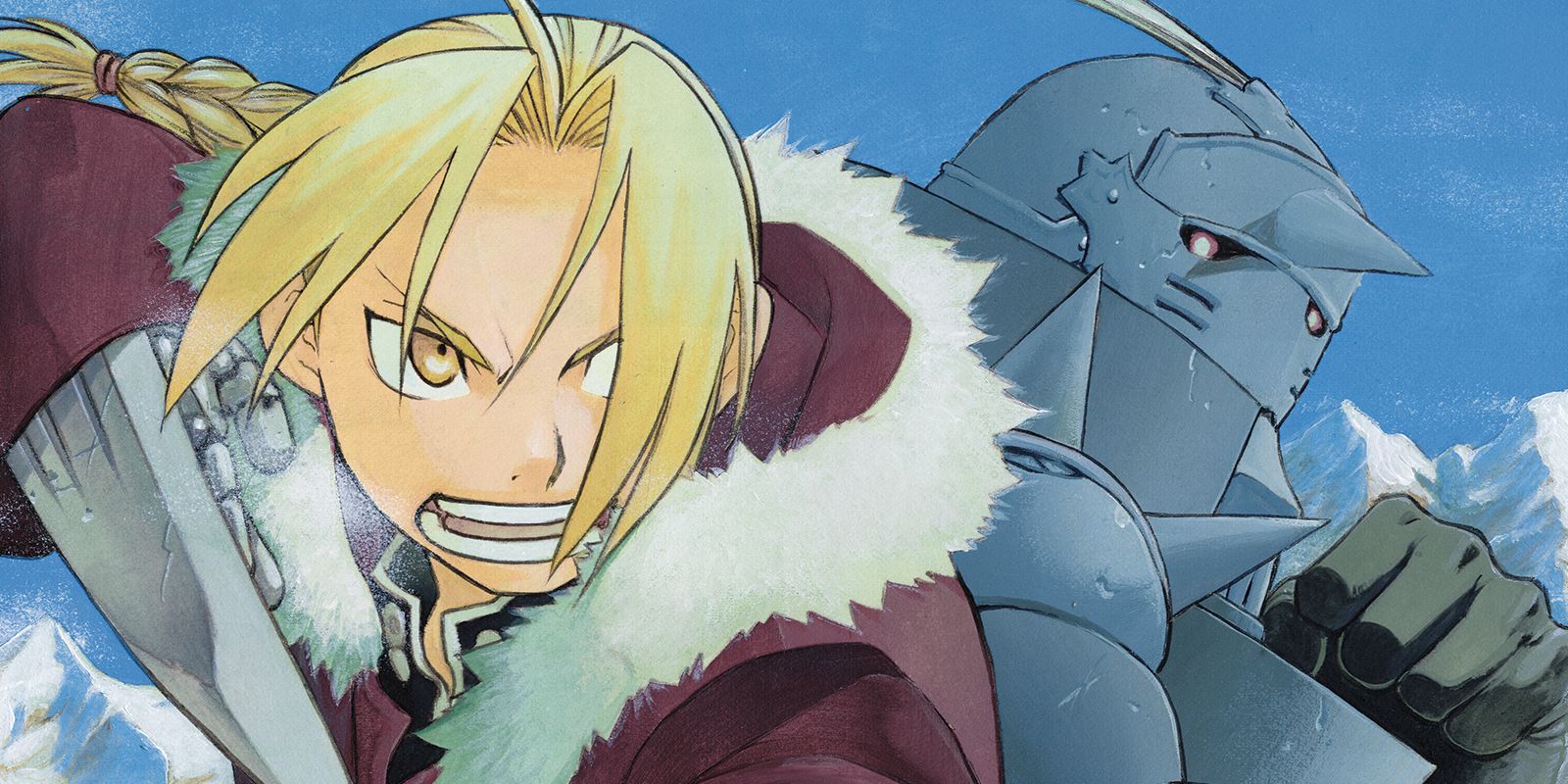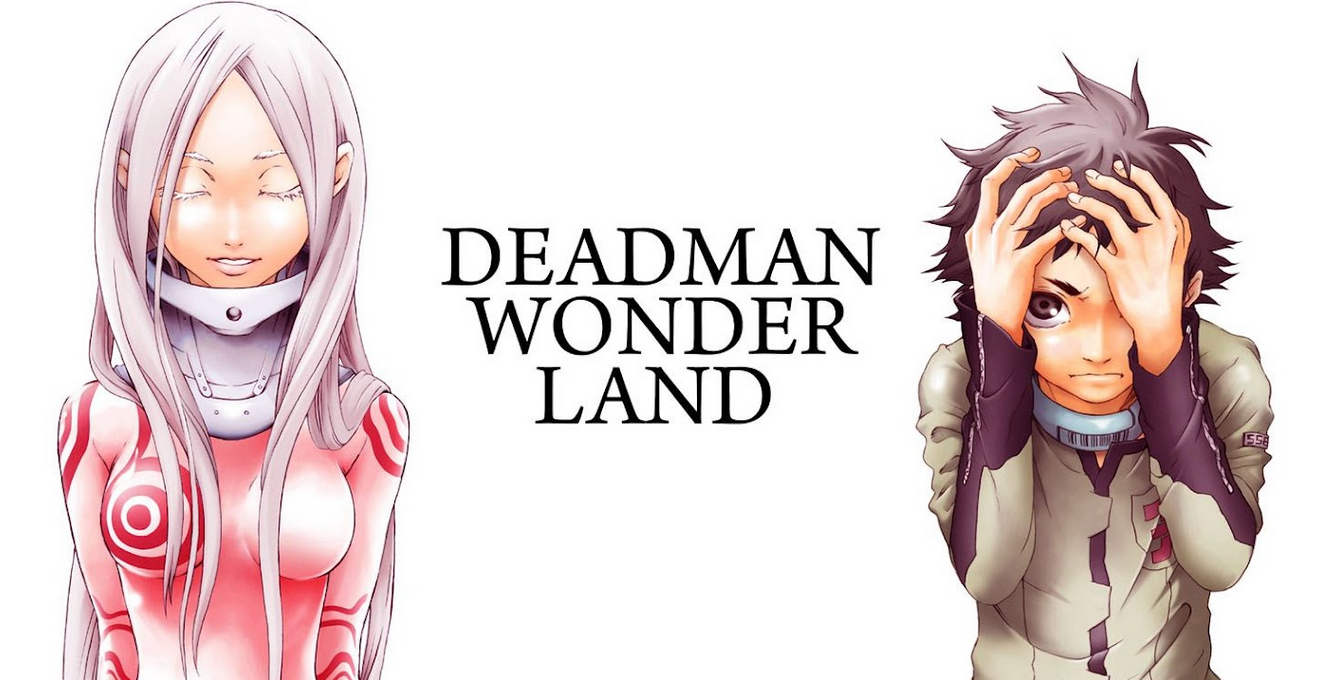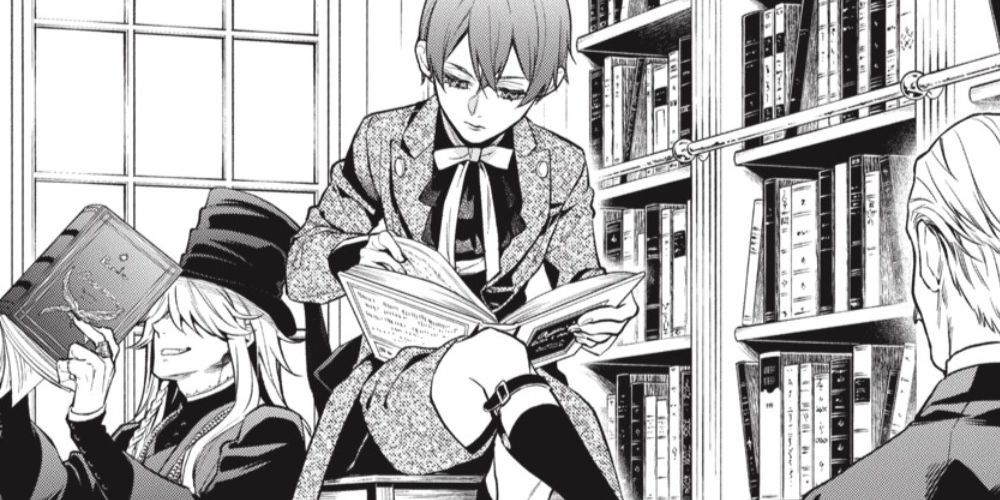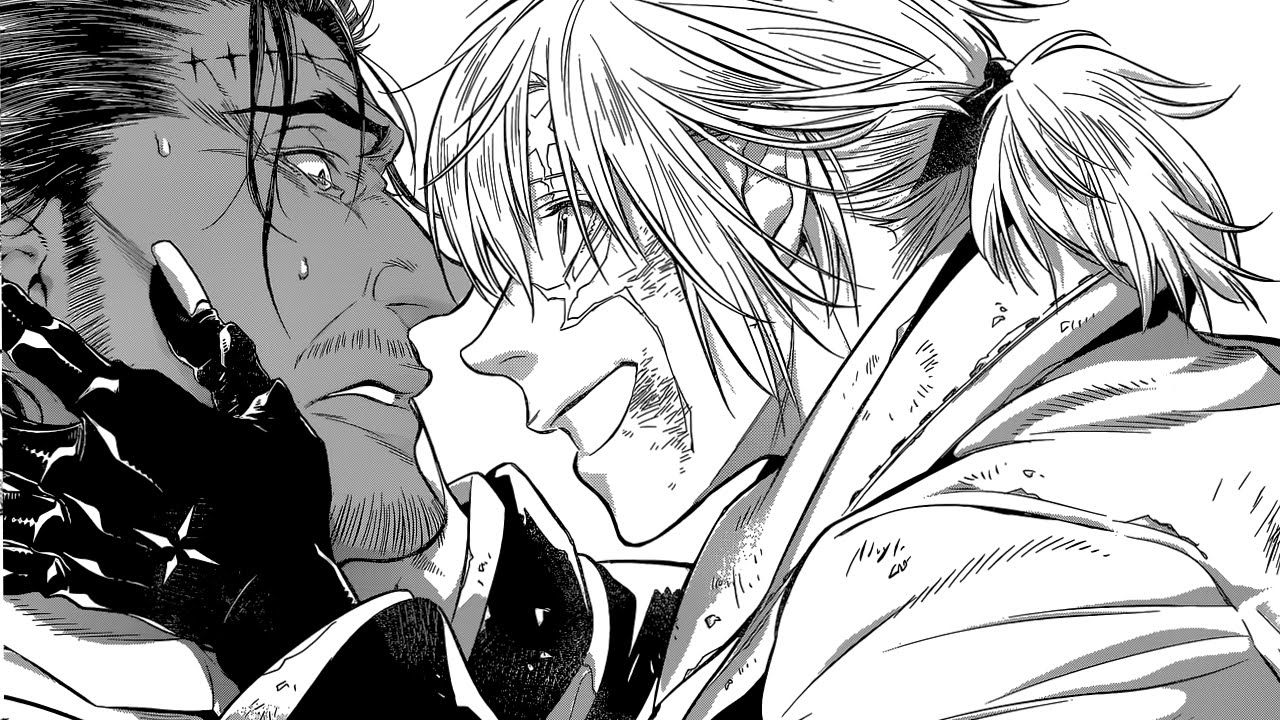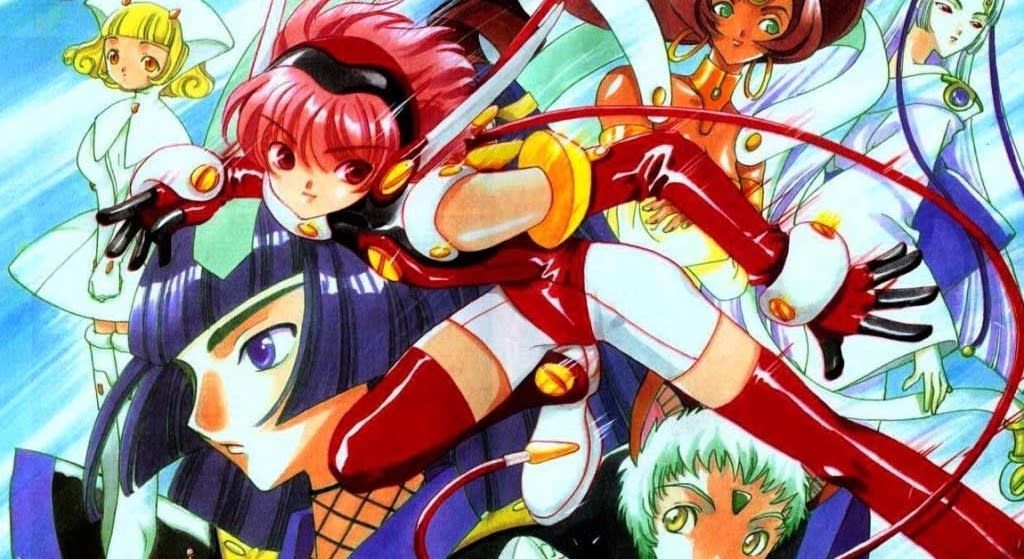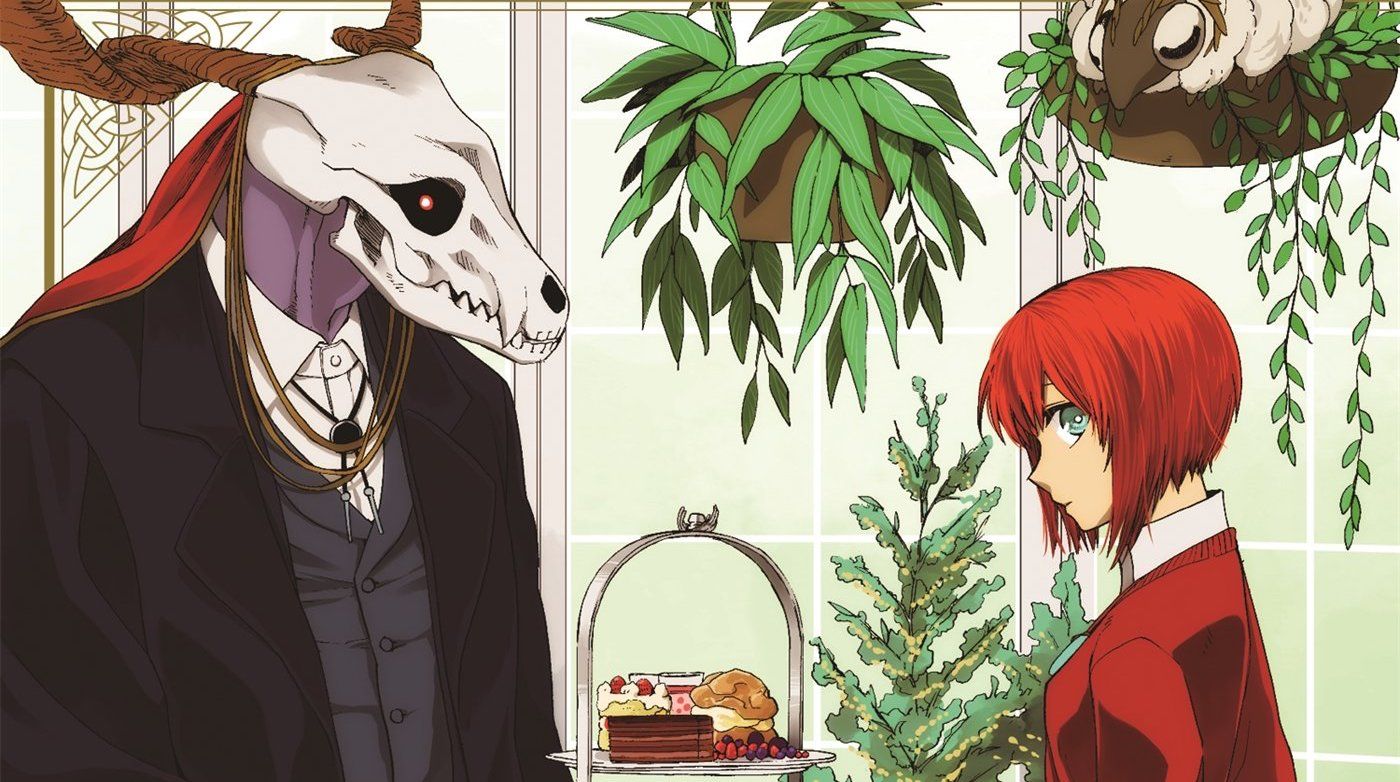Shonen Jump's publishing company, Shueisha, caused controversy last week when, in response to a visiting student asking, "Can women become editors at Shonen Jump?" a HR rep allegedly answered: "It's not without precedent, but you have to understand the hearts of boys." The company then clarified and doubled-down on the statement to Huffington Post Japan. In its report, HuffPost Japan also noted that "there was no clear answer as to whether women could be editors of Weekly Shonen Jump."
Shonen manga is, by definition, marketed primarily towards teenage boys, but this ambivalent non-answer about women editors is questionable, to say the least, considering that no one is voicing similar ambivalency over men being editors of shojo manga, which is primarily aimed at teenage girls. In fact, this is reminiscent of a controversy from a few years ago in which producer Yoshiaki Nishimura claimed Studio Ghibli, which often focuses on female protagonists and adapts shojo manga to anime, didn't hire women as directors because they were too "realistic" in their thinking, as opposed to the "idealistic" minds of men. (He later apologized for these comments.)
Despite sexist double standards throughout both the manga and anime industries, there are many successful female manga writers and artists, even within the shonen genre. In fact, many of your favorite shonen series might have been created by women without you even realizing it!
Let's take a look at some manga that proves there's no reason women can't write stories that "understand the hearts of boys."
THE WORKS OF RUMIKO TAKAHASHI
Perhaps the single most famous woman associated primarily with shonen, Rumiko Takahashi has been cranking out iconic hits for decades. Inu-Yasha is probably her most widely recognized among American fans today, in large part due to the anime adaptation's long run on Adult Swim and its blend of action and romance.
Ask a group of otaku on their favorite Takahashi manga, however, and you're sure to also find people stanning the gender-bending martial arts comedy Ranma 1/2, the more realistic romance Maison Ikkoku, or Takahashi's original break-out hit, Urusei Yatsura.
FULLMETAL ALCHEMIST
Plenty of series come and go as flavors of the month, but fandom still hasn't lost any of its love for Fullmetal Alchemist, the fantasy series created by Hiromu Arakawa. Note that "Hiromu" was chosen as a more masculine sounding pen-name (her real name is Hiromi).
Running in Weekly Shonen Gangan from 2001 to 2010, the Elric brothers' quest for the Philosopher's Stone following the failed alchemic resurrection of their mother was both thought-provoking and emotionally powerful. The series was adapted into anime form twice, first in 2003 (where an original ending had to be written given the manga was still in progress) and then again in 2010 with the more manga-accurate Fullmetal Alchemist: Brotherhood.
If you want to see Arakawa writing a very different sort of shonen manga, check out her ongoing agricultural high school series, Silver Spoon.
DEADMAN WONDERLAND
Singlehandedly decimating any stereotypes about women being unable to write hardcore action, Jinsei Kataoka's Deadman Wonderland was one of the most violent and twisted manga to run in a shonen magazine from 2007 to 2013. Framed for the massacre of his middle school classmates, Ganta Igarashi is sentenced to a prison that doubles up as a deadly theme park. The one-season anime adaptation, which aired on Japanese TV in 2011, helped launch the revival of the Toonami block in 2012.
BLACK BUTLER
Yana Toboso's Black Butler is a great example of how shonen manga can operate on different levels for different audiences. The Victorian thriller, ongoing since 2006, has more than enough action, mystery and supernatural intrigue to appeal to the target demographic of teenage boys. Take a look at the series' fandom online, however, and you'll notice the attractively drawn and queer-inclusive manga also heavily appeals to "fujoshi," adult female otaku who take a particular interest in homoerotic shipping.
D.GRAY-MAN
Look, an example straight from the pages of Weekly Shonen Jump itself! Katsura Hoshino's ongoing series, D.Gray-man has actually shifted around to a few different magazines within the Shonen Jump family, but remains a best seller. Demon-fighting manga are a dime a dozen, but D.Gray-man stands out among its peers both due to the complexity of its worldbuilding and the gothic beauty of Hoshino's art. Anime and light novel adaptations soon followed the manga's launch.
ANGELIC LAYER
The all-female manga collective CLAMP has a long history of writing stories that bend typical gendered expectations of genre. Early shojo hits of theirs like X/1999 were dark and action-packed enough many could mistake them for shonen. In contrast, Angelic Layer is a shonen manga filled with typical shonen battle tropes, but also a cute series where girls are fighting with robot dolls. Angelic Layer has fallen into relative obscurity, but it remains fascinating as a combination of stereotypical shonen and shojo elements blended together, to the point where arguing over whether it's supposed to be for one gender or another is meaningless.
THE ANCIENT MAGUS BRIDE
Here's another successful shonen manga that often gets mistaken for shojo. Kore Yamazaki's The Ancient Magus Bride centers around a Chise Hatori, a girl who sells herself into slavery to the skull-faced mage, Elias Ainsworth. Chise's one of the most complex female protagonists in a shonen manga, struggling with self-loathing and overcoming abuse, and even if the semi-problematic romantic elements more closely resemble Twilight than your typical shonen manga, Yamazaki's fantasy worldbuilding is so rich and beautiful that readers of all genders are sure to be swept up in it anyway.
Other examples of successful shonen manga by female authors include the likes of Kazue Kato's Blue Exorcist (another Jump series), Yumi Hotta's Hikaru no Go (also Jump), Adachitoka's Noragami, Shinobu Ohtaka's Magi: The Labyrinth of Magic, and Izumi Tsubaki's Monthly Girls' Nozaki-kun.
There are also many shonen manga titles written by authors who prefer to keep their gender unknown, as is the case with Demon Slayer: Kimetsu no Yaiba's Koyoharu Gotoge and The Promised Neverland's Kaiu Shirai (Promised Neverland's illustrator, Posuka Demizu, is confirmed to be female), as well as non-binary authors such as Nabari no Ou's Yuhki Kamatani.
It all goes to show that, however gender-based the marketing of manga tends to be, the talent for telling different types of stories knows no such boundaries.

